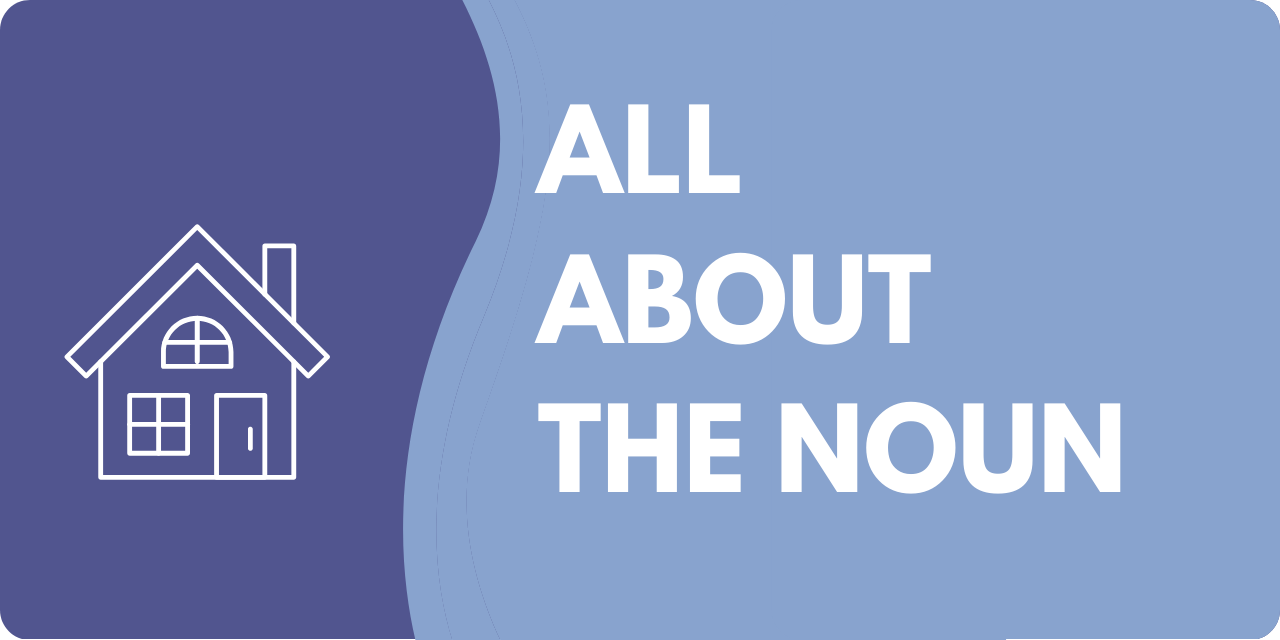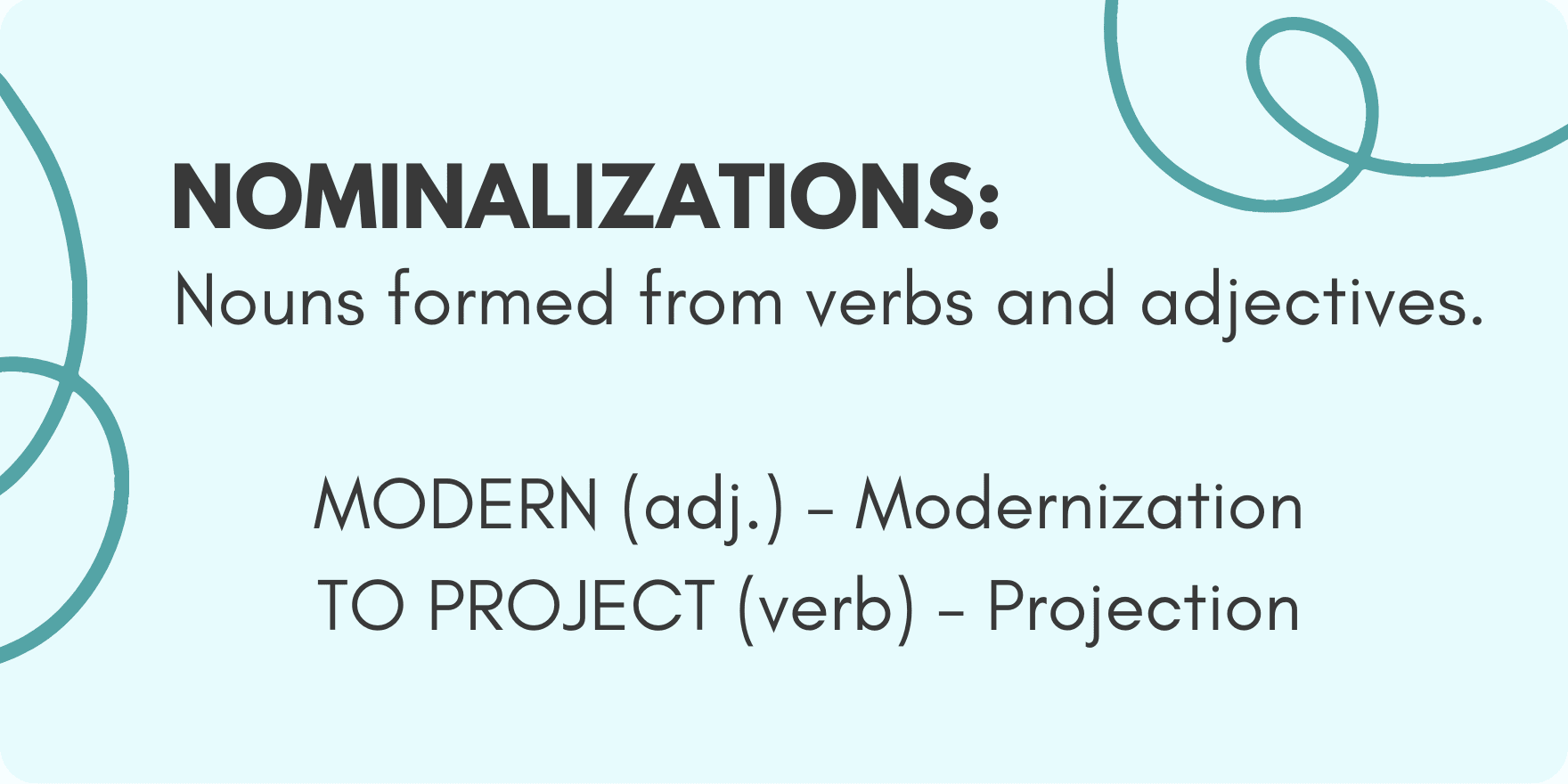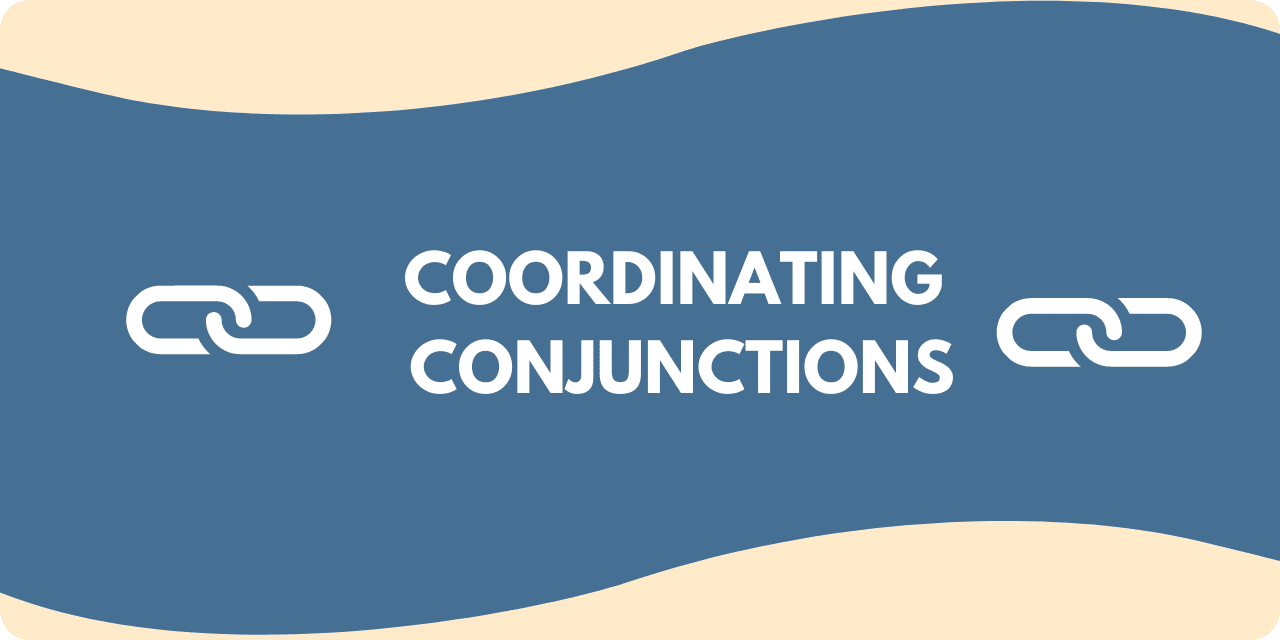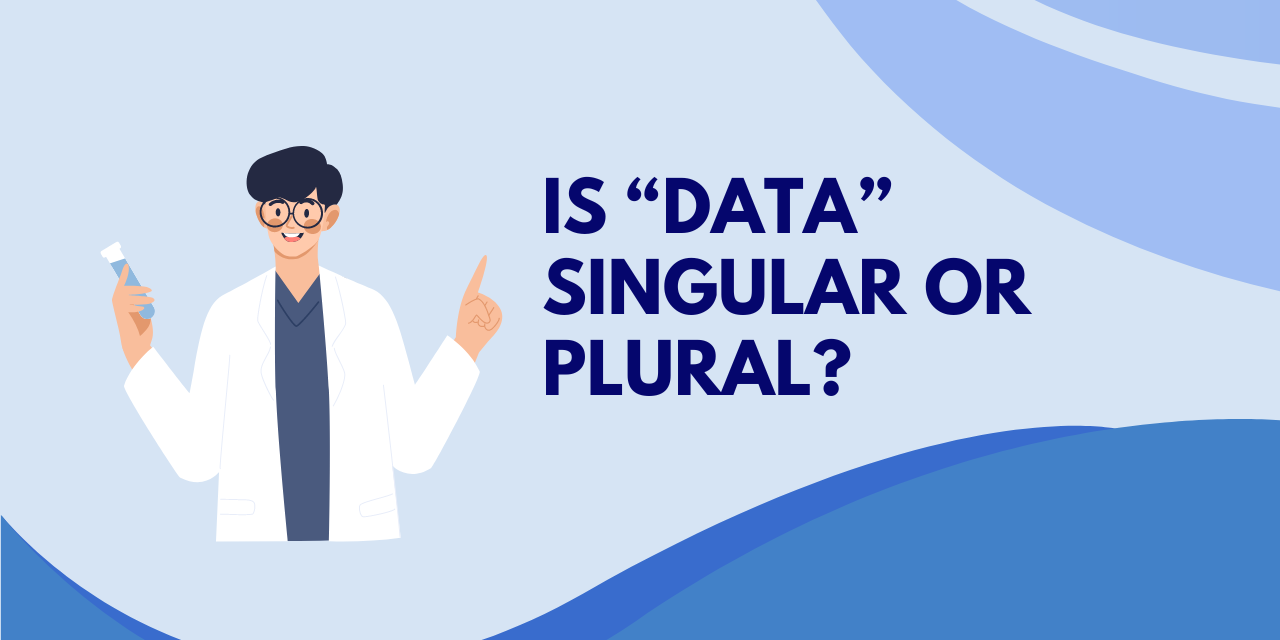We published an article on this topic a few years back, which is where we recommend you begin – it can be found here. After receiving numerous questions regarding the subject, we decided to address the issue again with a little refresher.
So WHICH One Is It?
These two common words, “which” and “that”, have been creating quite a bit of confusion for writers and readers alike. Many people have a misconception that both words are interchangeable. This is wrong. Luckily, it shouldn’t take much time to clear up the confusion and settle the “which” vs. “that” debate once and for all.
Which vs. That: Use The Clause!
The simple rule is this: if the sentence you are crafting needs the clause that the word in question is connecting, then use “that”. If it doesn’t, use “which.” For example:
“My apartment, which includes two balconies, is located in Atlanta.”
“My apartment that has two balconies is located in Atlanta.”
These sentences look similar, but they’re not. The first sentence tells people that you have just one apartment and that it is located in Atlanta. The clause stating that you have two balconies gives us additional, but not essential, information. It does not change the meaning behind the sentence. If you remove the clause, it would still be clear: “My apartment is located in Atlanta.”
Now, the second sentence suggest that you have more than one apartment, and that the apartment that specifically comes with two balconies is located in Atlanta. The phrase about two balconies is also known as the restrictive clause because the other part of your sentence depends on it. If you remove this clause, its meaning will be altered.
Here is another example of “which” vs. “that”:
“The time machine, which looked like a closet, concerned Jane and Tim.”
“The time machine that looked like a closet concerned Jane and Tim.”
In the first example, the time machine concerns Jane and Tim, and it also happened to look like a closet. In the second example, there is a restrictive clause. Specifically the closet-looking time machine concerns Jane and Tim. The difference is minor, yet quite distinctive and important to remember.
Test Your Skills
Now that you’re a bit familiar with the correct usage, you can test yourself with these two examples:
- The Apple Watch, (which/that) connects to the iCloud, was created by Apple.
- The issues of the Vanity Fair (which/that) has Angelina Jolie’s picture on the cover is my favorite.
Answers
- The Apple Watch, which connects to the iCloud, was created by Apple. (All Apple watches connect to iCloud. Hence, that’s unnecessary information.)
- The issue of Vanity Fair that has Angelina Jolie’s picture on the cover is my favorite. (Your favorite issue of Vanity Fair isn’t just any issue, it’s the one with Angelina Jolie on the cover.)
Conclusion
What you must really take away from these examples is that when you find the information important and meaning-altering, you use “that.” If you’re just adding extra information that’s not really needed, use “which.” You can also always consult the Merriam -Webster Dictionary for a more in depth analysis.






